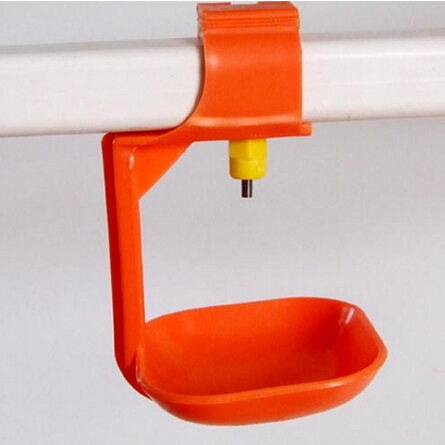Welcome to Shandong Superherdsman Husbandry Machinery Co., Ltd.
CONTACT US
QR code
Bottom navigation
CONTACT US
COPYRIGHT 2018 SHANDONG SUPERHERDSMAN HUSBANDRY MACHINERY CO., LTD. ICP:鲁ICP备09096242号
You Are Here:
Best Slat for Broiler: Ensuring Comfort and Hygiene for Poultry Farms
Poultry farms have to deal with many challenges, primary among them being the need to ensure the welfare and comfort of their birds. One critical aspect of this is choosing the best slat for broilers, which provides a comfortable, hygienic, and safe environment for the birds.

The best slat for broilers is crucial in the overall health and growth of the birds. Ideal slats are non-slip, easy to clean and wash, and made of sturdy materials that can support the weight of the birds. Moreover, the slats should allow proper ventilation and free drainage of waste to maintain hygiene and prevent the birds from standing in water, which can lead to health issues.
There are many different types of slat materials available, including fiberglass, plastic, and concrete. Fiberglass provides an excellent non-slip surface and is resistant to corrosion and erosion due to its high strength. Plastic slats are lightweight, easy to install and move, and come in different colors and sizes. Concrete slats are durable, sturdy, and can support heavy loads without breaking down.
When it comes to choosing the best slat for broilers, it's essential to consider the bird's age, weight, and environment. For example, birds that are older and heavier will require more substantial and stable slats, while younger birds may benefit from softer or more cushioned slats.
In conclusion, the best slat for broilers is vital in ensuring the health, comfort, and hygiene of poultry farms. With the right slat materials and installation, farmers can provide a safe and healthy environment for their birds, preventing foot injuries and minimizing the risks of diseases. By prioritizing the welfare of their birds, farmers can increase their productivity, improve their profits, and deliver high-quality products to their customers.






